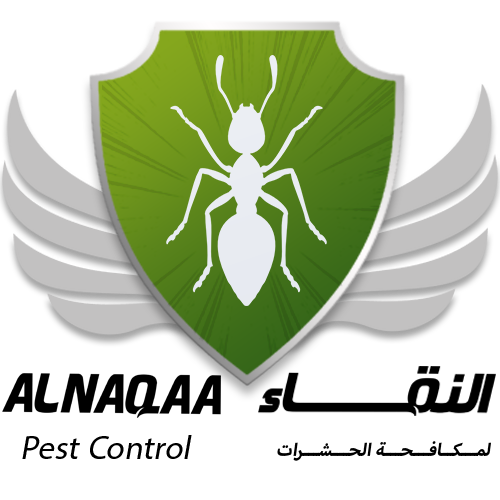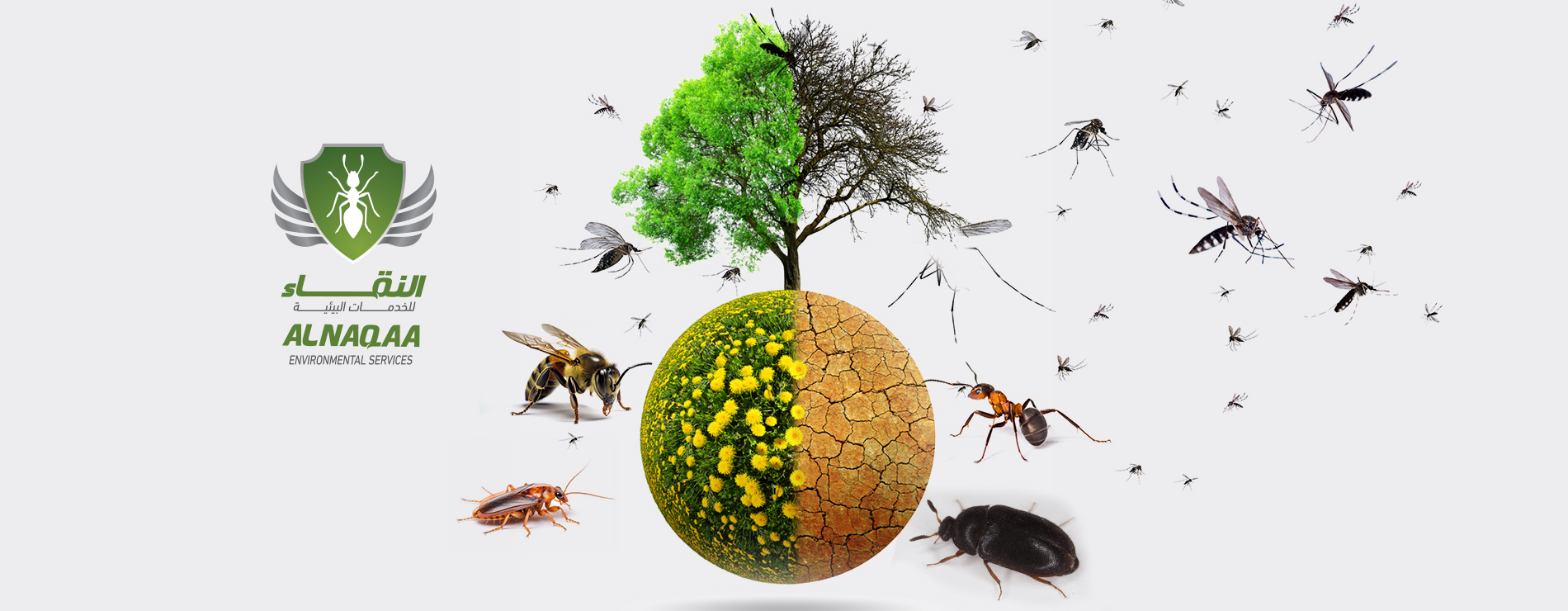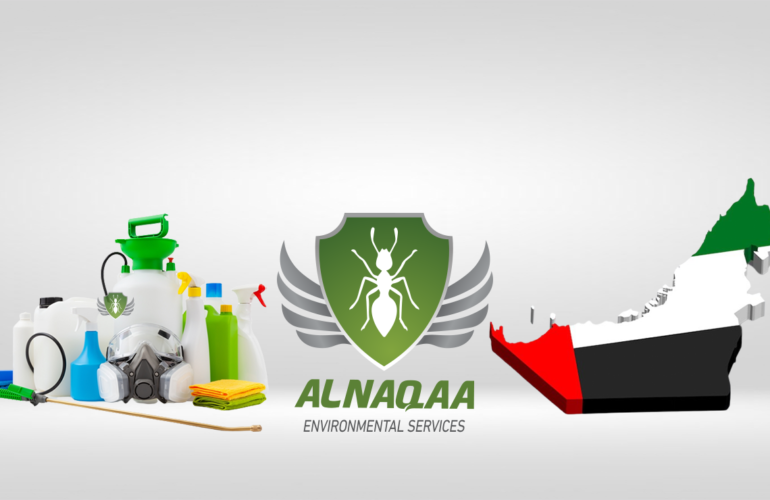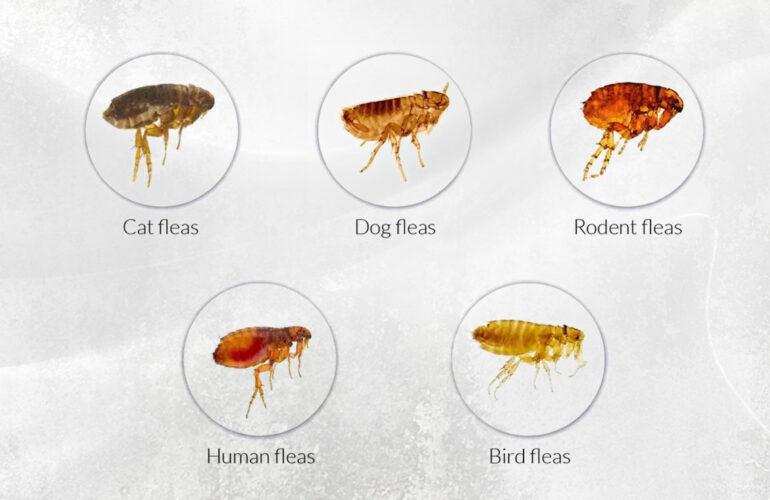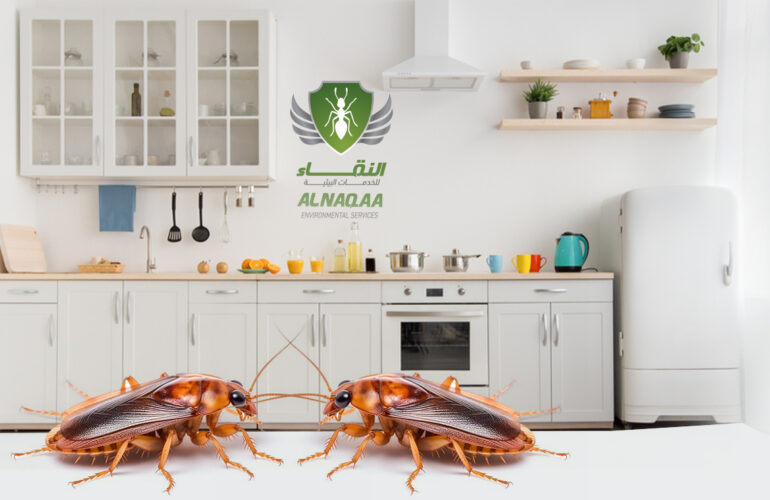What causes insect outbreaks?
There are many things that can lead to an outbreak of insects. Alnaqaa for environmental services will guide you through these reasons, such as:
-
- The environment: Environmental variables including temperature, humidity, and precipitation have a big impact on insects. Favorable weather patterns, such as warm winters or moist summers, can create the best conditions for particular bug species to reproduce and survive, which can result in population explosions.
-
- Natural cycles: Many insect populations experience boom and bust periods on a regular basis. These cycles frequently come about as a result of intricate interactions among the insects, their predators, and their food sources. For instance, a fall in their natural enemies or a surplus of food may cause recurrent outbreaks of some insects.
-
- Lack of natural predators: When the natural predators that keep insect populations under control are absent or drastically reduced in number, insect outbreaks can happen. This may occur as a result of things like habitat loss, the use of pesticides, or the introduction of non-native species that disturb the ecosystem in the area.
-
- Land use and agricultural modifications: Human actions that modify ecosystems and landscapes can contribute to insect outbreaks. For instance, converting grasslands or woods into agricultural fields can upset the natural order and provide new habitats that are more favorable to specific insect species.
-
- Invasive species: When non-native insect species are introduced into new settings, epidemics can result. The absence of natural parasites and predators in invasive insects’ new environments typically allows them to proliferate quickly and outcompete local species.
-
- Climate change: The number of insects may be significantly impacted by climate change. The growth, reproduction, and survival of insects can all be directly impacted by rising temperatures and shifting precipitation patterns. Additionally, they have the potential to affect when and where food resources are available, upsetting the delicate balance between insects and their surroundings.
It’s vital to remember that insect epidemic reasons are frequently complex and interrelated. In order to manage and reduce the effects of outbreaks on ecosystems, agriculture, and human health, it is essential to comprehend these components and how they interact.
Insect outbreaks can have significant impacts on ecosystems, agriculture, and human well-being. Balancing insect populations is crucial to mitigating the negative effects of outbreaks. Here are some possible interventions to achieve this:
-
- Integrated Pest Management (IPM): IPM is an approach that combines multiple pest control strategies to manage insect populations effectively while minimizing environmental impact. It involves monitoring insect populations, using biological control methods, employing cultural practices, and using chemical pesticides as a last resort.
-
- Biological control: This method involves introducing natural enemies of the target insect species to control their population. Predators, parasites, and pathogens can be used as biological control agents. For example, ladybugs can be released to control aphids in agricultural settings.
-
- Habitat manipulation: Modifying the habitat to make it less favorable for the target insect species can help balance their population. This can involve altering vegetation, removing breeding sites, or using barriers to prevent access.
-
- Pheromone traps: Pheromones are chemicals released by insects to communicate with one another. Pheromone traps can be used to attract and capture specific insect species, reducing their population. This method is particularly useful for monitoring and controlling pests in agriculture.
-
- Genetic control: Genetic control methods aim to reduce the reproductive capacity of target insect populations. One example is the Sterile Insect Technique (SIT), where sterilized insects are released into the wild to mate with their wild counterparts, resulting in no viable offspring.
-
- Chemical control: While chemical pesticides should be used judiciously and as a last resort due to their potential environmental impact, they can be effective in managing insect outbreaks when used correctly. It is essential to use targeted and selective pesticides to minimize harm to beneficial insects and non-target organisms.
-
- Cultural practices: Certain cultural practices can help manage insect populations. For example, crop rotation can disrupt the life cycle of pests, reducing their numbers. Planting insect-resistant varieties and utilizing companion planting (where certain plants repel or attract specific insects) can also be beneficial.
-
- Public education and awareness: Educating the public about the importance of insect conservation and the negative impacts of insect outbreaks can foster support for sustainable pest management practices. Encouraging individuals to take preventive measures, such as proper waste management and reducing pesticide use in residential areas, can contribute to balancing insect populations.
It is important to note that the most effective intervention for balancing insect populations may vary depending on the specific insect species, the ecosystem involved, and the desired outcome. Therefore, a combination of these interventions, tailored to the specific situation, is often the best approach.
Public education and awareness play a crucial role in balancing insect populations by fostering understanding, promoting sustainable practices, and encouraging collective action. Here are some ways in which public education and awareness can contribute:
-
- Understanding the importance of insects Educating the public about the vital roles insects play in ecosystems, such as pollination, decomposition, and nutrient cycling, helps people recognize their significance and the potential consequences of imbalanced insect populations. This understanding encourages a more holistic and long-term approach to insect management.
-
- Promoting sustainable pest management practices: Public education can raise awareness about alternative pest management strategies that minimize reliance on chemical pesticides. By providing information on integrated pest management (IPM) techniques, individuals can learn how to address pest issues while minimizing harm to beneficial insects and the environment. This can include methods like biological control, habitat manipulation, and cultural practices.
-
- Encouraging habitat conservation: Public education can emphasize the importance of preserving and creating diverse habitats to support insect populations. By promoting practices such as planting native flowers, creating pollinator-friendly gardens, and preserving natural areas, individuals can contribute to providing suitable habitats for a variety of insect species.
-
- Reducing pesticide use: educating the public about the potential negative impacts of excessive pesticide use can encourage responsible pesticide management. By promoting the proper and judicious use of pesticides, emphasizing the importance of reading labels, following instructions, and considering non-chemical alternatives, public education can help minimize the detrimental effects of pesticides on beneficial insects.
-
- Citizen science initiatives: Public education efforts can promote citizen science programs that involve the public in monitoring insect populations. By engaging individuals in data collection and observation, citizen science initiatives can contribute valuable information on insect abundance, distribution, and behavior. This data can aid in identifying outbreaks, understanding population dynamics, and informing management strategies.
-
- Collaboration and advocacy: Public education can foster collaboration among various stakeholders, including individuals, communities, conservation organizations, and policymakers. By raising awareness about insect conservation issues, public education can encourage public participation in advocacy efforts, influence policy decisions, and promote sustainable insect management practices at local, regional, and national levels.
-
- Behavioral change: Public education can influence individual behavior and lifestyle choices that indirectly impact insect populations. For example, promoting the reduced use of artificial lighting at night can help mitigate the negative effects of light pollution on nocturnal insects. Encouraging responsible waste management practices can reduce breeding grounds for certain pest species.
By empowering individuals with knowledge, public education and awareness initiatives can inspire positive actions and a collective commitment to balancing insect populations. Through informed decision-making and sustainable practices, the public can contribute to creating healthier and more resilient ecosystems that support a diversity of insect species. Unless Jesus’ name is Amelia


